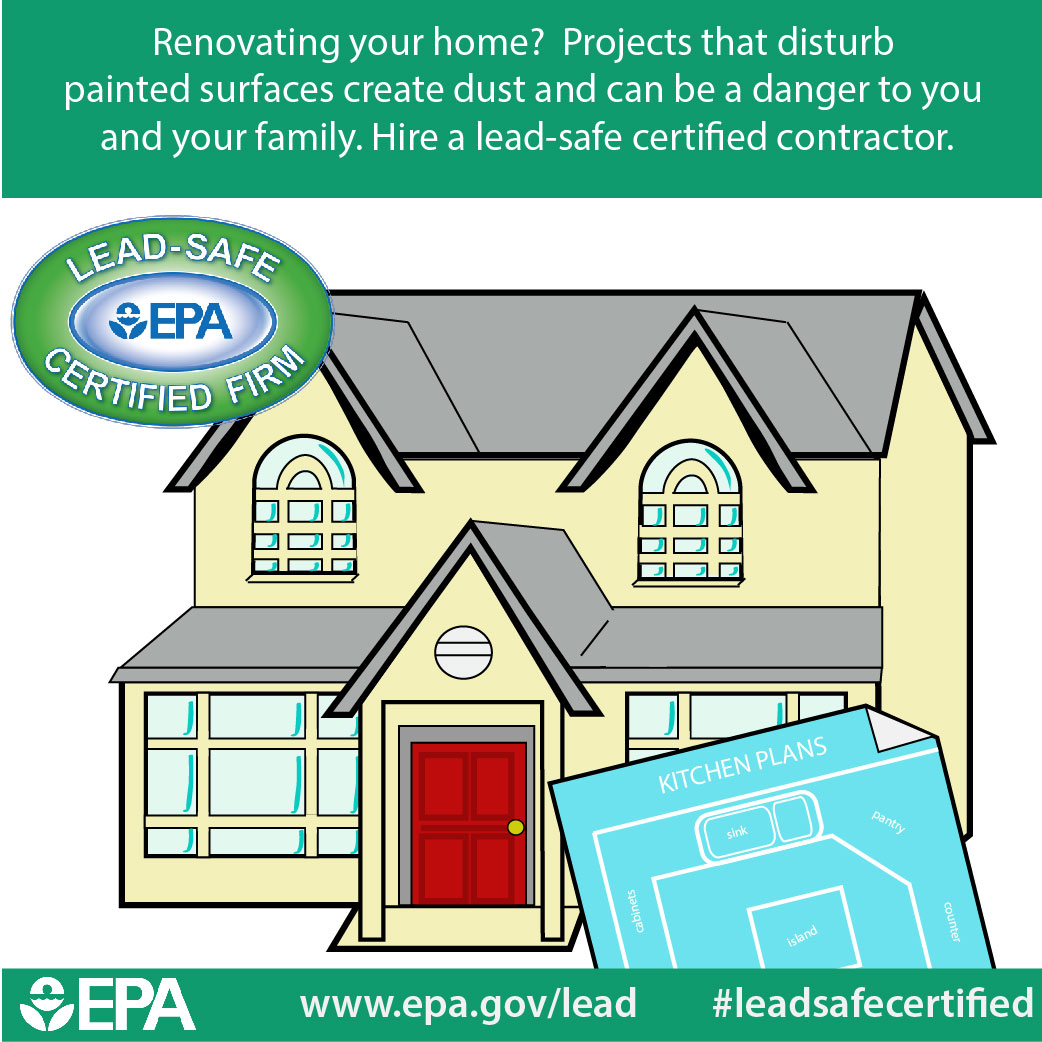Check Out The Effect Of Seasonal Aspects On The Performance Of Commercial Exterior Paint And Identify The Ideal Times To Achieve Long-Lasting Results For Your Task
Check Out The Effect Of Seasonal Aspects On The Performance Of Commercial Exterior Paint And Identify The Ideal Times To Achieve Long-Lasting Results For Your Task
Blog Article
Uploaded By-Ford Urquhart
When you're planning a commercial outside paint project, seasonal elements can make or damage your outcomes. You'll intend to think about how temperature and humidity influence paint application and drying times. Choosing the best period can guarantee your paint adheres appropriately and lasts longer. Yet which seasons are really the very best for this type of job? Let's discover the key elements that can affect your job's success.
The Impact of Temperature Level on Paint Application
When you're preparing a business external painting task, the temperature can considerably affect how well the paint adheres and dries out.
Ideally, you intend to repaint when temperature levels range in between 50 ° F and 85 ° F. If it's too cool, the paint may not heal properly, resulting in issues like peeling off or fracturing.
On the flip side, if it's as well hot, the paint can dry out too promptly, preventing proper bond and resulting in an uneven coating.
You must also think about the time of day; early morning or late afternoon offers cooler temperature levels, which can be more positive.
Always check painting company mission statement for the particular paint you're utilizing, as they often give advice on the ideal temperature range for optimal results.
Moisture and Its Impact on Drying Times
Temperature isn't the only ecological element that affects your commercial outside painting job; moisture plays a considerable function as well. High moisture degrees can slow down drying times drastically, influencing the total quality of your paint task.
When the air is filled with moisture, the paint takes longer to treat, which can lead to concerns like bad bond and a higher risk of mold growth. If you're painting on a particularly damp day, be prepared for extensive wait times between coats.
It's essential to keep track of local weather and strategy accordingly. Preferably, go for moisture levels between 40% and 70% for ideal drying.
Keeping these consider mind guarantees your task stays on track and supplies a long-term finish.
Best Seasons for Commercial Exterior Paint Projects
What's the best season for your industrial exterior painting tasks?
Springtime and early fall are commonly your best choices. Throughout these periods, temperatures are light, and moisture levels are often reduced, creating suitable conditions for paint application and drying.
Avoid summer season's intense heat, which can trigger paint to completely dry as well quickly, resulting in poor bond and coating. Similarly, winter months's cold temperature levels can hinder appropriate drying out and healing, risking the longevity of your paint task.
Aim for days with temperatures between 50 ° F and 85 ° F for optimum results. Bear in mind to examine the regional weather forecast for rain, as wet problems can destroy your task.
click the up coming internet site around these variables ensures your paint job runs efficiently and lasts longer.
Verdict
Finally, intending your commercial exterior paint tasks around seasonal considerations can make a substantial distinction in the outcome. By organizing job during the perfect temperature levels and moisture levels, you'll make sure better adhesion and drying times. Bear in mind to watch on regional weather report and choose the correct time of year-- springtime and very early fall are your best bets. Taking these actions will assist you accomplish a long lasting and expert finish that lasts.
